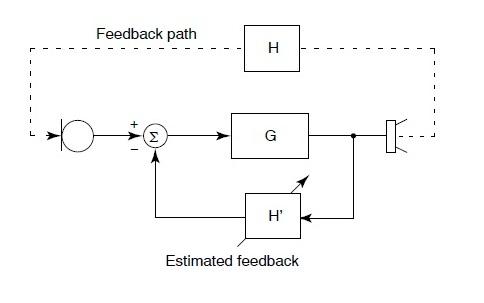Rhythm R3710预配置DSP系统实践应用指南
A pure tone sound can consist of up to four tones, each with a separate frequency, amplitude, duration and start time. Each frequency component is smoothly faded in and out with a fade time of 64 ms. The start time indicates the beginning of the fade in. The duration includes the initial fade−in period. By manipulating the frequencies, start times, durations and amplitudes various types of sounds can be obtained (e.g., various signalling tones in the public switched telephone network).
A damped tone sound can consist of up to six tones, each with a separate frequency, amplitude, duration, start time and decay time. Each frequency component starts with a sudden onset and then decays according to the specified time constant. This gives the audible impression of a chime or ring. By manipulating the frequencies, start times, durations, decays and amplitudes, various musical melodies can be obtained.
Acoustic indication can be used without the need to completely fade out the audio path. For example, the low−battery indicator can be played out and the user can still hear an attenuated version of the conversation.
Adaptive Feedback Canceller
The Adaptive Feedback Canceller (AFC) reduces acoustic feedback by forming an estimate of the hearing aid feedback signal and then subtracting this estimate from the hearing aid input. The forward path of the hearing aid is not affected. Unlike adaptive notch filter approaches, Rhythm R3710’s AFC does not reduce the hearing aid’s gain. The AFC is based on a time−domain model of the feedback path.
The third−generation AFC (see Figure 5) allows for an increase in the stable gain (see Note) of the hearing instrument while minimizing artefacts for music and tonal input signals. As with previous products, the feedback canceller provides completely automatic operation.
NOTE: Added stable gain will vary based on hearing aid
style and acoustic setup. Please refer to the
Adaptive Feedback Cancellation Information
note for more details.

Figure 5. Adaptive Feedback Canceller (AFC)
Block Diagram
Feedback Path Measurement Tool
The Feedback Path Measurement Tool uses the onboard feedback cancellation algorithm and noise generator to measure the acoustic feedback path of the device. The noise generator is used to create an acoustic output signal from the hearing aid, some of which leaks back to the microphone via the feedback path. The feedback canceller algorithm automatically calculates the feedback path impulse response by analyzing the input and output signals. Following a suitable adaptation period, the feedback canceller coefficients can be read out of the device and used as an estimate of the feedback−path impulse response.
Adaptive Noise Reduction
The noise reduction algorithm is built upon a high resolution 128−band filter bank enabling precise removal of noise. The algorithm monitors the signal and noise activities in these bands, and imposes a carefully calculated attenuation gain independently in each of the 128 bands. The noise reduction gain applied to a given band is determined by a combination of three factors:
Signal−to−Noise Ratio (SNR) Masking threshold Dynamics of the SNR per bandThe SNR in each band determines the maximum amount of attenuation to be applied to the band . the poorer the SNR, the greater the amount of attenuation. Simultaneously, in each band, the masking threshold variations resulting from the energy in other adjacent bands is taken
- Rhythm R3710预配置DSP混合系统重点详析(07-14)
- Rhythm R3710预配置DSP系统设计所需规范详析(07-14)
